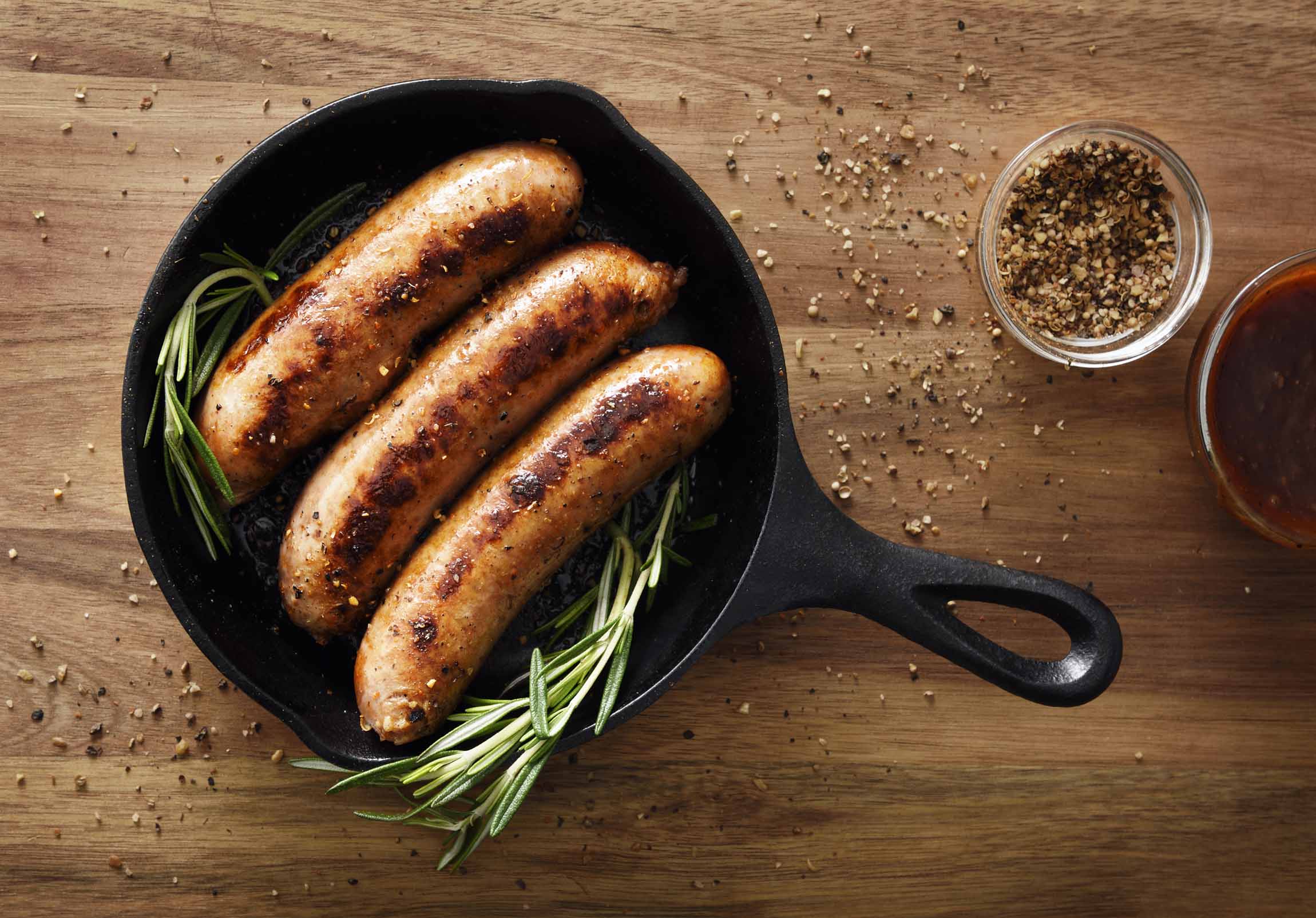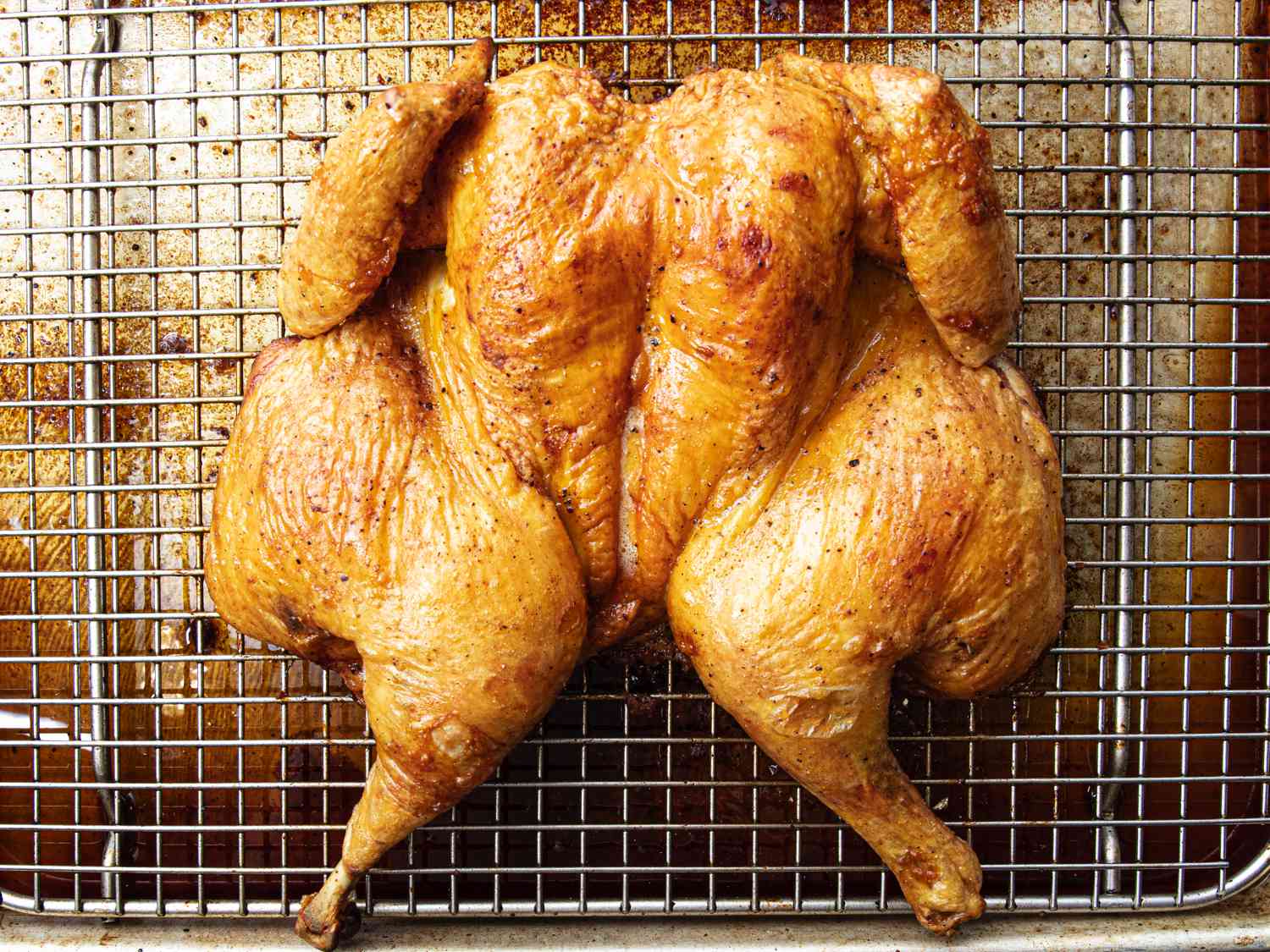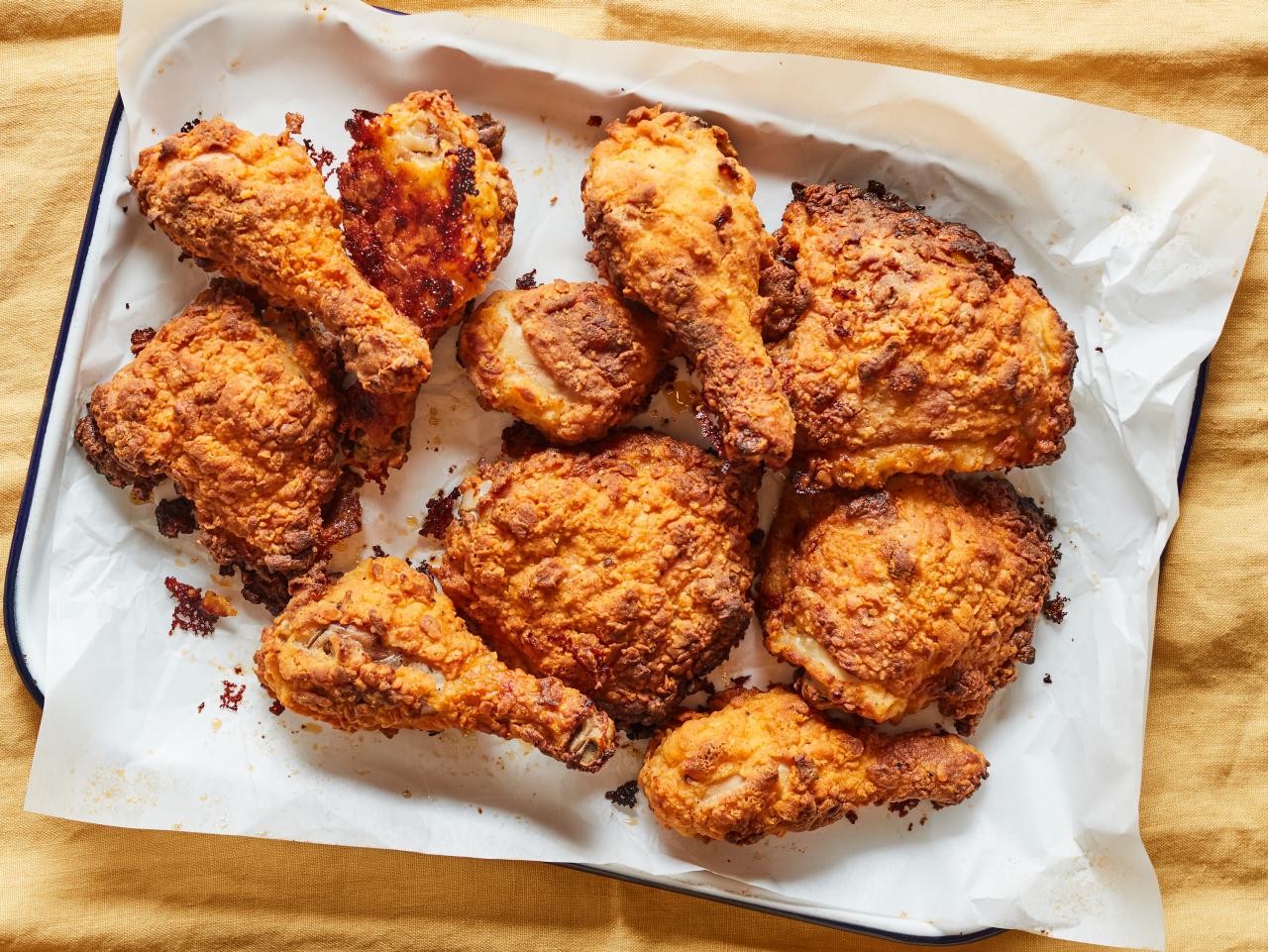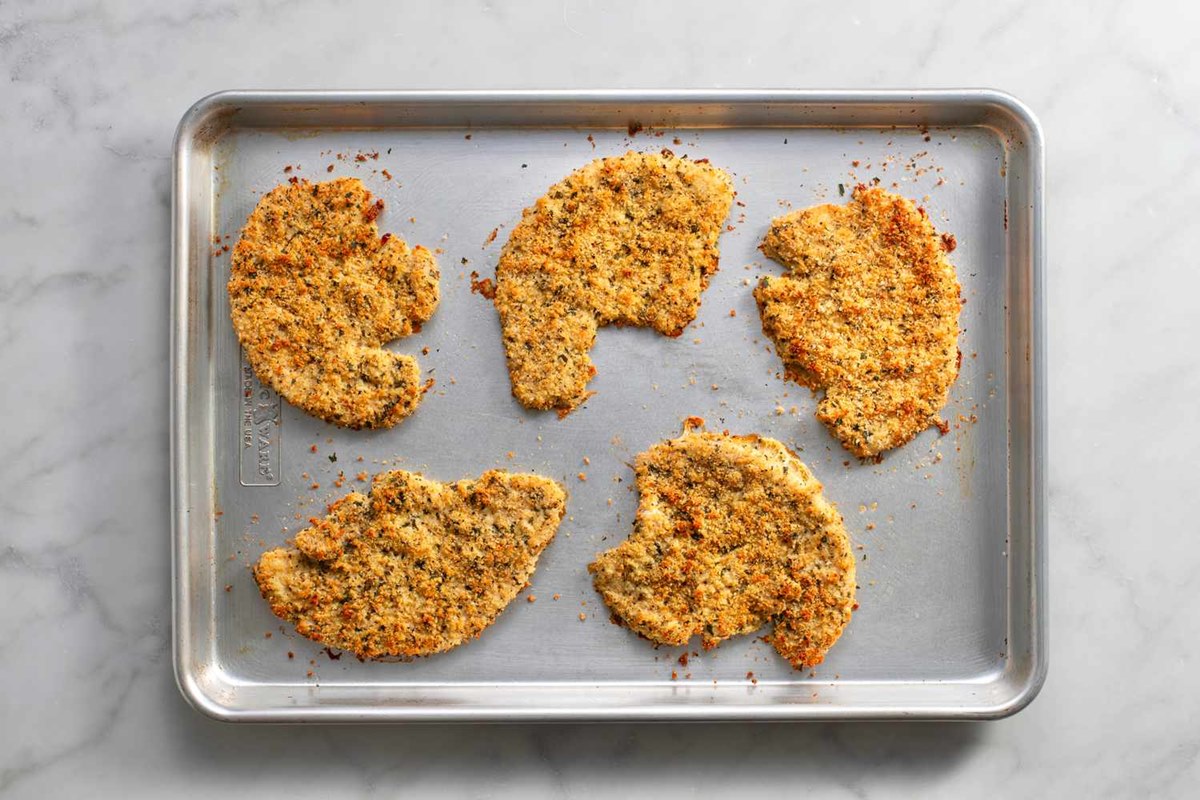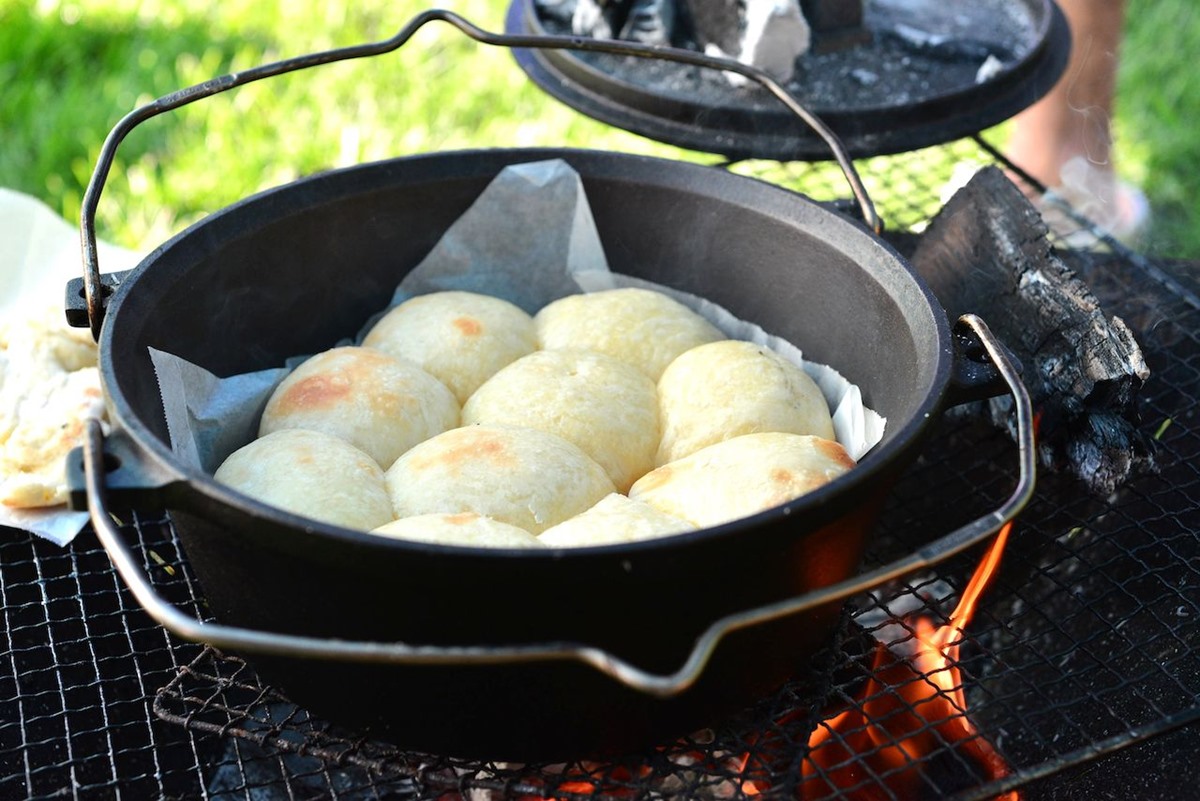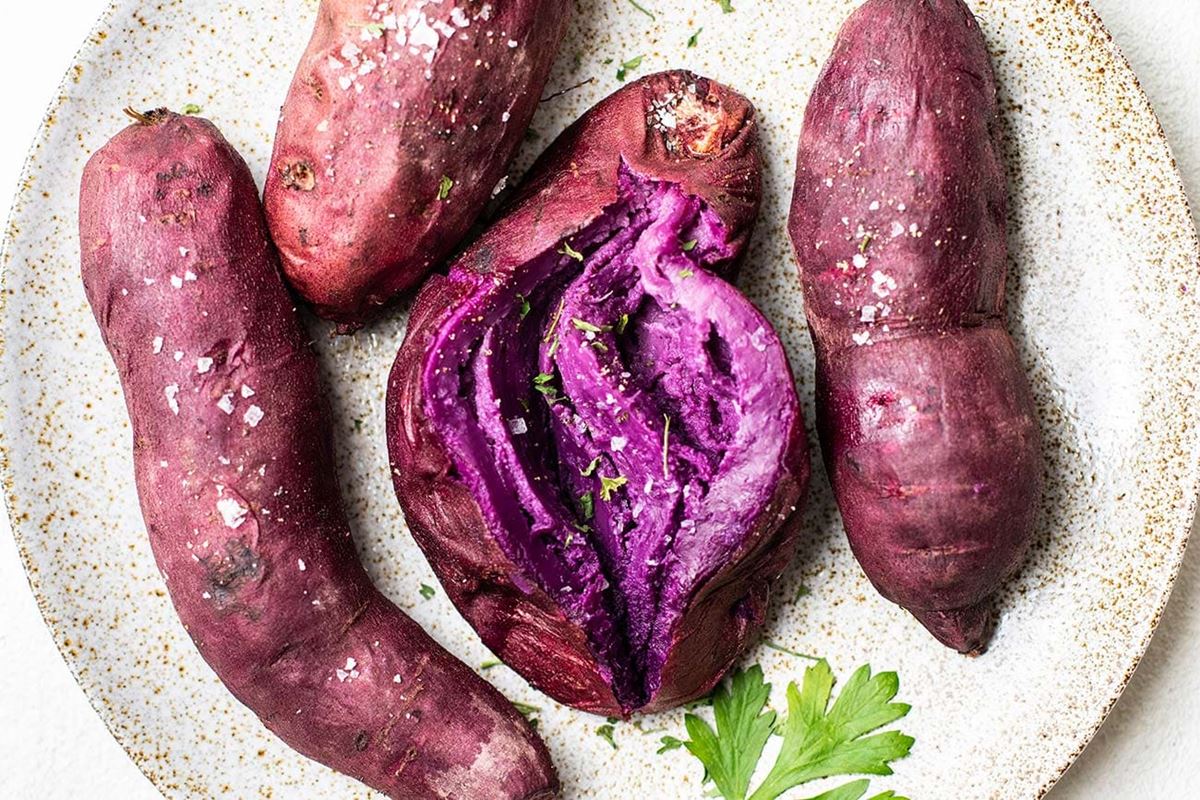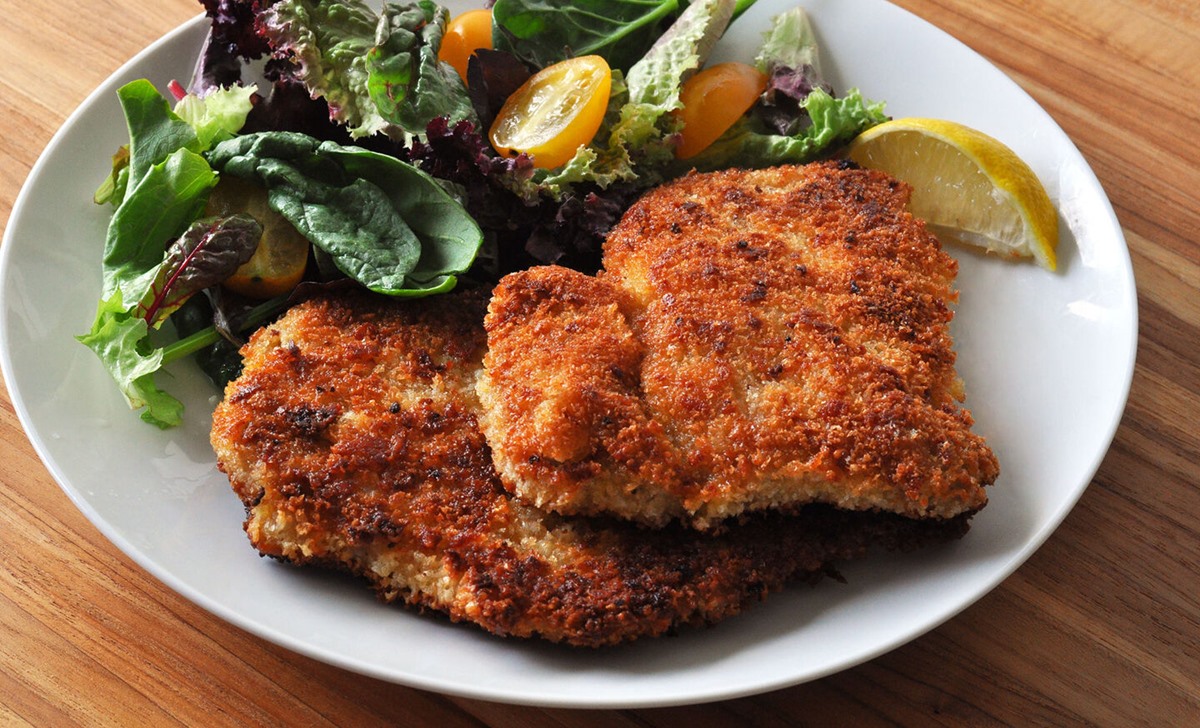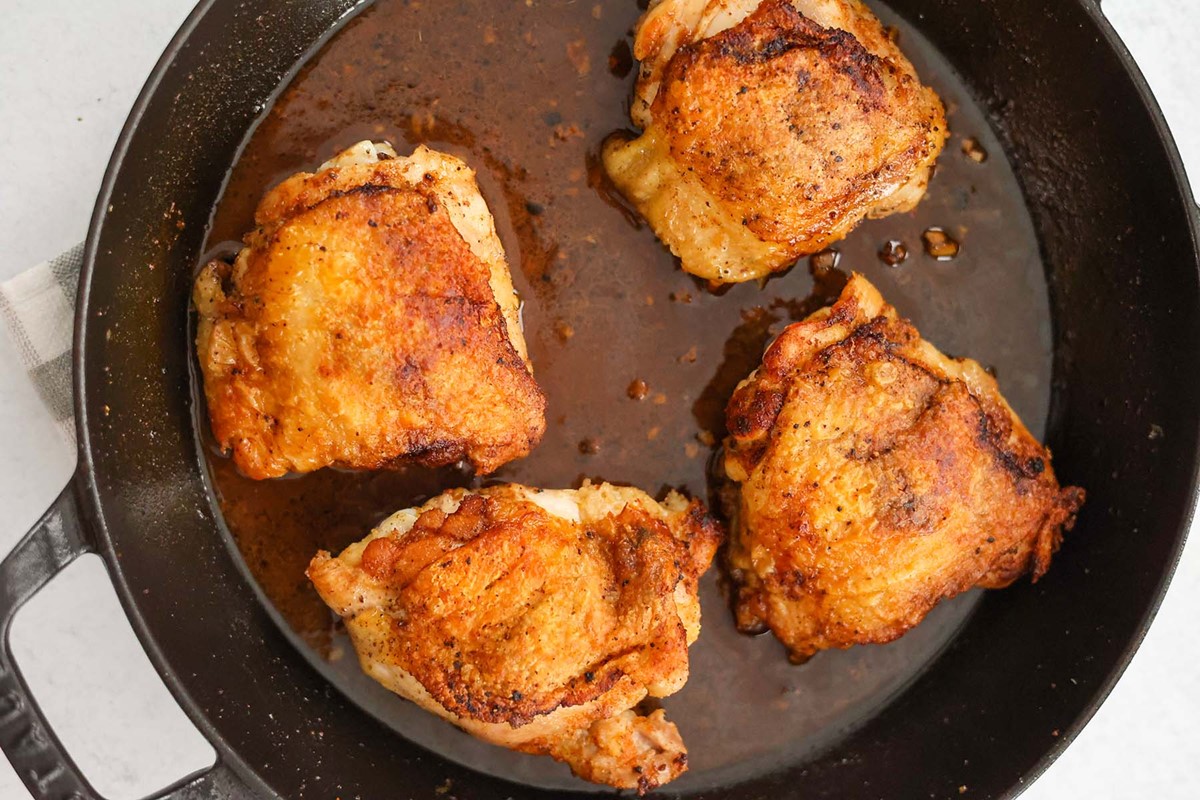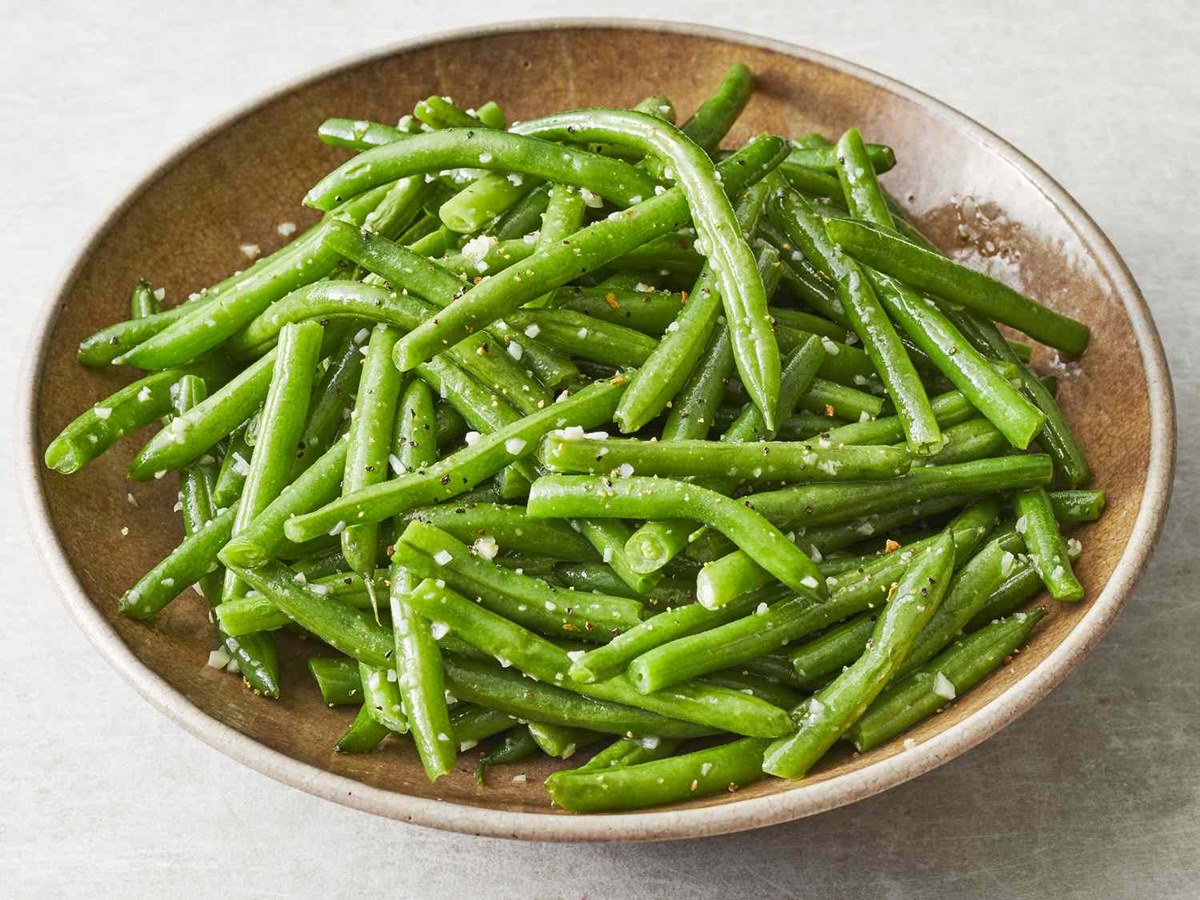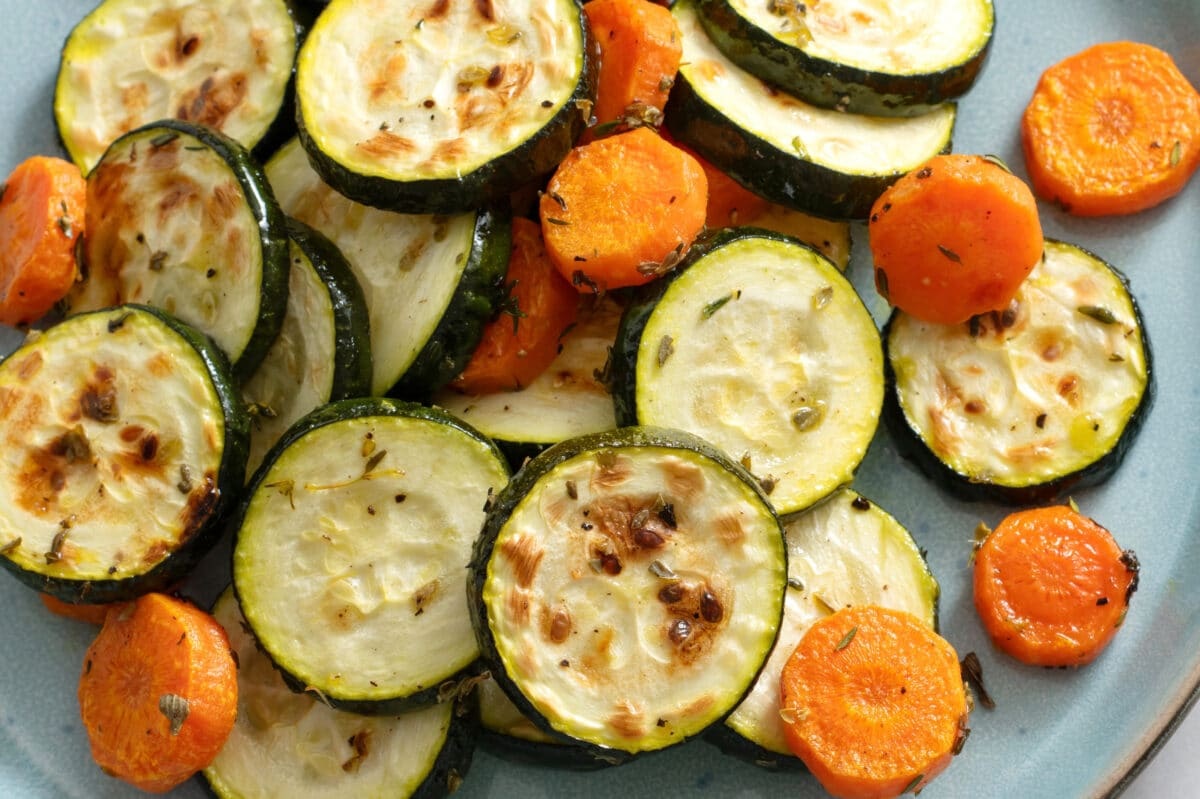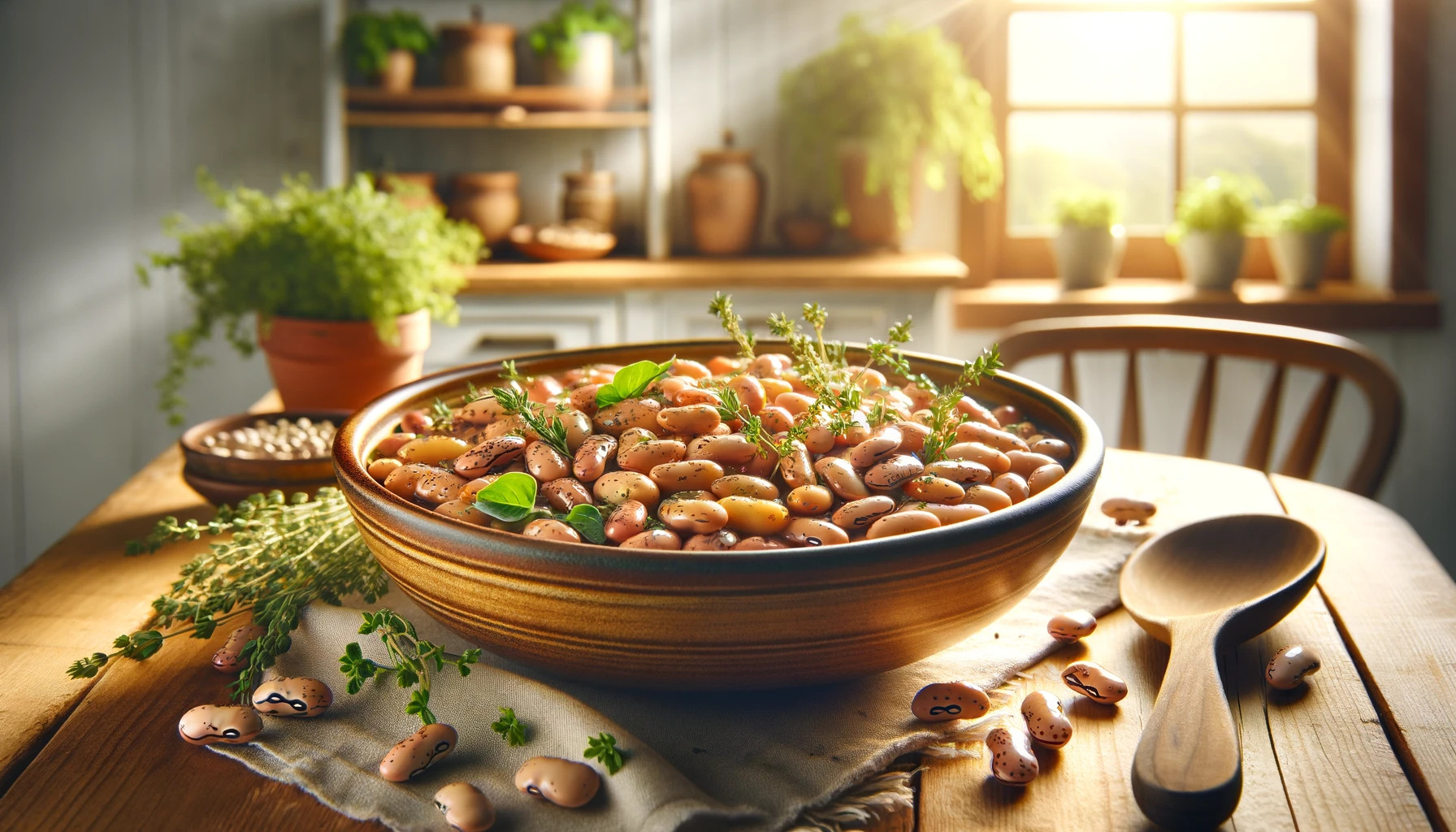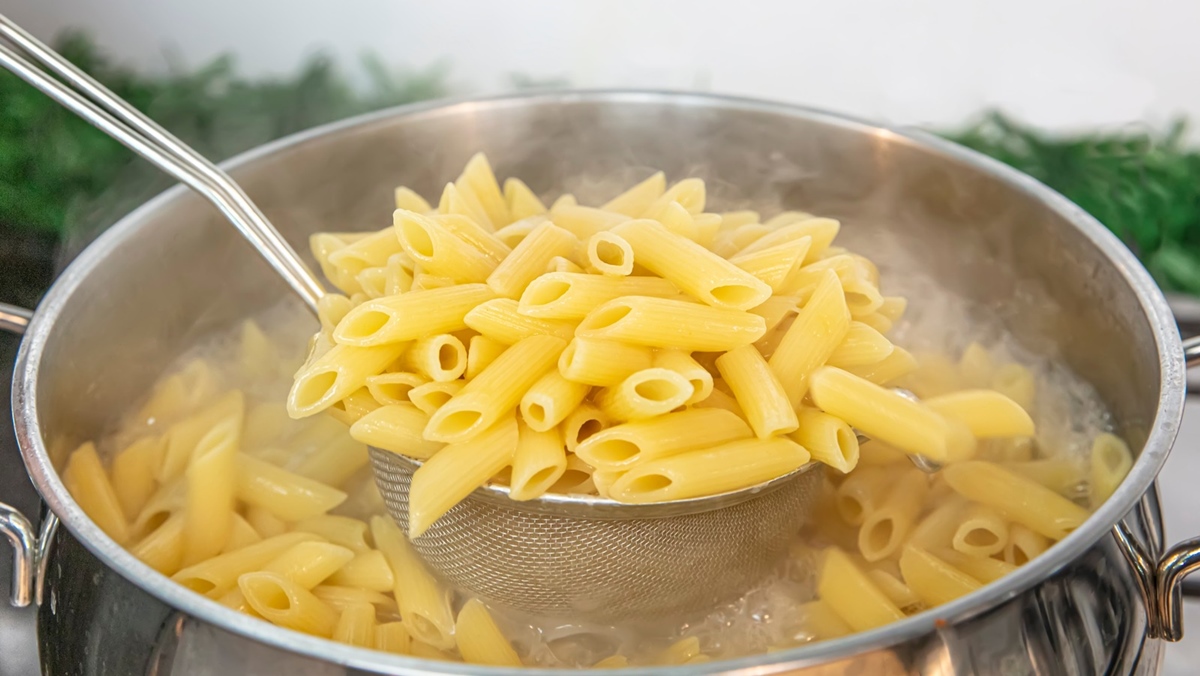Mastering the Perfect Boneless Pork Ribeye Roast in the Oven
When it comes to impressing your dinner guests or simply treating yourself to a delectable meal, there’s nothing quite like a succulent boneless pork ribeye roast cooked to perfection. Whether you’re a seasoned chef or a novice in the kitchen, our comprehensive guide will take you through the step-by-step process of creating a mouthwatering dish that will have everyone asking for seconds.
Choosing the Right Cut
The key to a delicious boneless pork ribeye roast lies in selecting the right cut of meat. Look for a roast that is well-marbled with fat, as this will ensure tender and juicy results. Ask your local butcher for a boneless pork ribeye roast, weighing around 3-4 pounds, which is ideal for large gatherings.
Preparing the Roast
Before diving into the oven, your boneless pork ribeye roast requires some preparation to enhance its flavors. Follow these simple steps to get started:
- Start by preheating your oven to 350°F (175°C) to ensure even cooking.
- Remove the roast from its packaging and pat it dry with paper towels. This step is essential as it allows the seasonings to stick to the meat properly.
- Season the roast generously with a mixture of your favorite herbs and spices, such as rosemary, thyme, garlic powder, salt, and black pepper. Feel free to experiment with different flavor combinations to suit your taste buds.
- For an extra burst of flavor, rub the roast with a light coating of olive oil.
Cooking Time and Techniques
The cooking time and technique may vary depending on the size of your boneless pork ribeye roast and desired doneness. As a general guideline, follow these instructions:
- Rare: Cook the roast for approximately 20-25 minutes per pound, until the internal temperature reaches 120°F (49°C).
- Medium: Cook the roast for approximately 25-30 minutes per pound, until the internal temperature reaches 135°F (57°C).
- Well-Done: Cook the roast for approximately 30-35 minutes per pound, until the internal temperature reaches 150°F (66°C).
Remember, these are just guidelines, and using a meat thermometer is crucial to ensure your boneless pork ribeye roast is cooked to your desired level of doneness.
The Perfect Roasting Process
Once your oven is preheated, and your roast is seasoned and ready to go, it’s time to begin the roasting process:
- Place the seasoned boneless pork ribeye roast on a roasting rack in a shallow roasting pan. Elevating the roast helps air circulate evenly, resulting in fabulous browning.
- Insert a meat thermometer into the thickest part of the roast, making sure it does not touch the bone.
- Slide the pan into the preheated oven and let it roast until it reaches your desired degree of doneness. Be sure to check the internal temperature regularly to avoid overcooking.
- Once the roast is perfectly cooked, remove it from the oven and cover it loosely with aluminum foil. Allow it to rest for 10-15 minutes. This resting period allows the juices to redistribute within the meat, ensuring a moist and flavorful result.
Serving and Enjoying
After the agonizing wait during the resting period, it’s finally time to slice and savor your delicious boneless pork ribeye roast. Here’s how to serve it up:
- Using a sharp carving knife, slice the roast into thin or thick cuts, depending on your preference.
- Arrange the slices on a serving platter and drizzle any accumulated juices from the resting period over the top.
- Pair your boneless pork ribeye roast with classic sides like roasted potatoes, steamed vegetables, or a fresh salad.
- Sit back, relax, and relish every tender, flavorful bite of your perfectly cooked boneless pork ribeye roast.
So whether it’s a special occasion, a holiday feast, or simply a desire for an indulgent meal, follow our step-by-step guide to create a masterpiece that will have everyone coming back for more. With a little preparation, attention to detail, and the right cooking techniques, you’ll be well on your way to becoming a boneless pork ribeye roast connoisseur.
Was this page helpful?
Read Next: How To Cook Beef Chuck Petite Tender Steak
